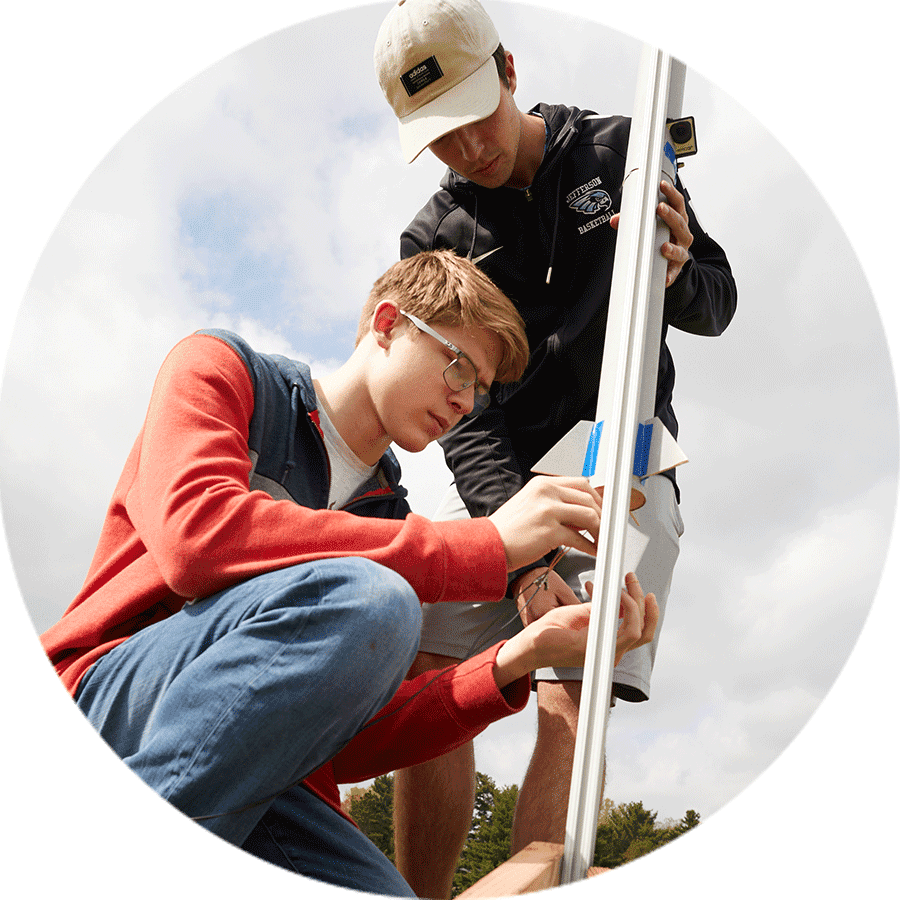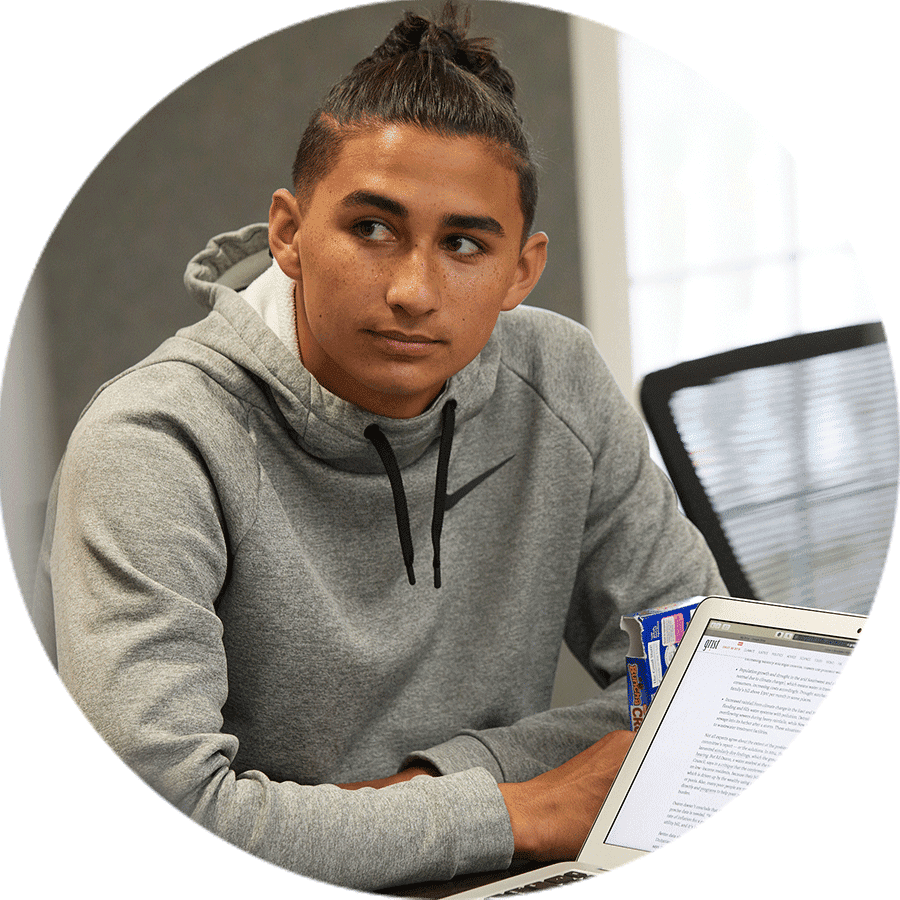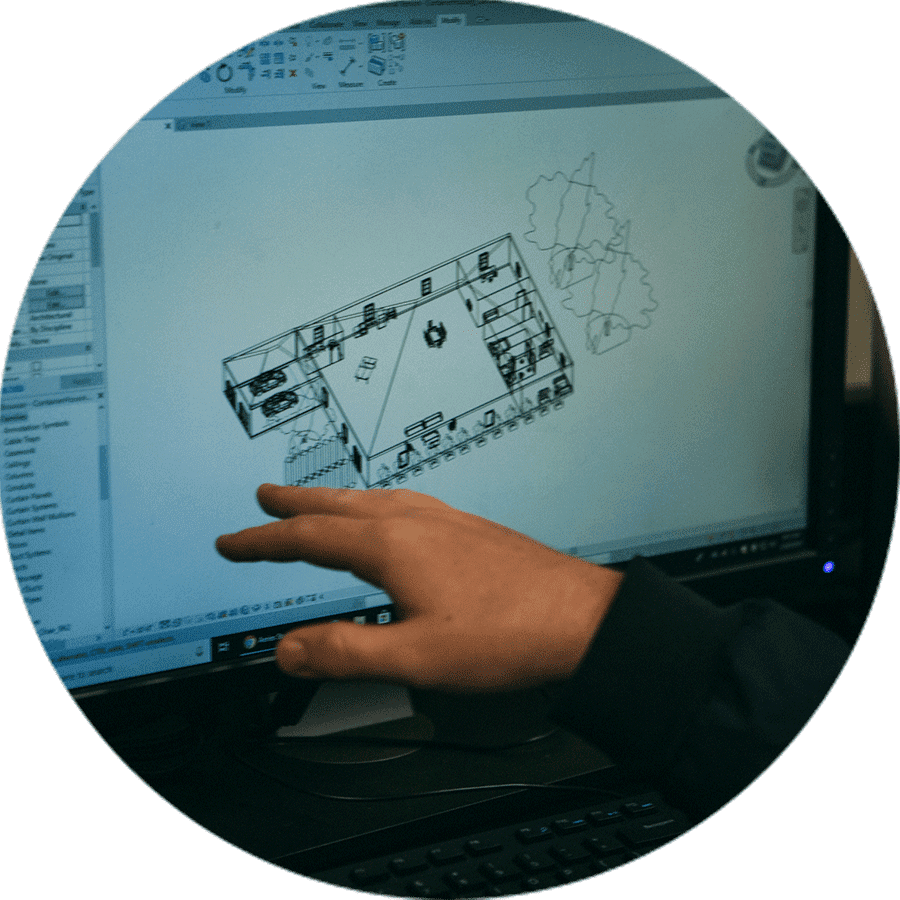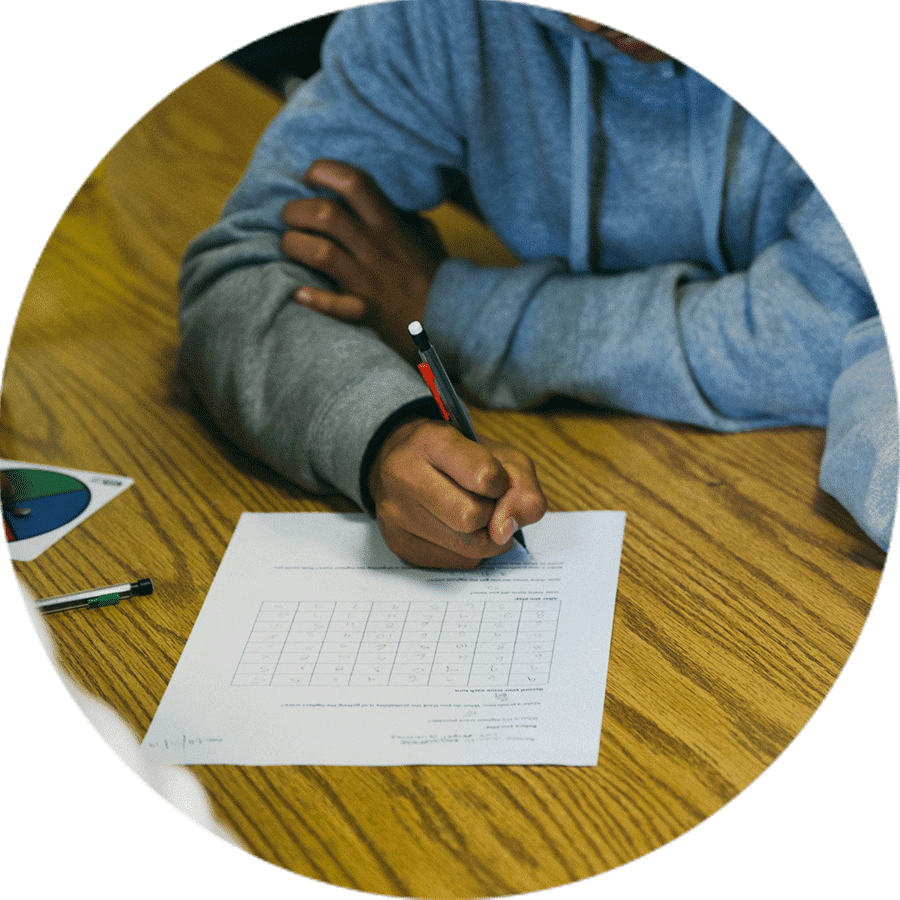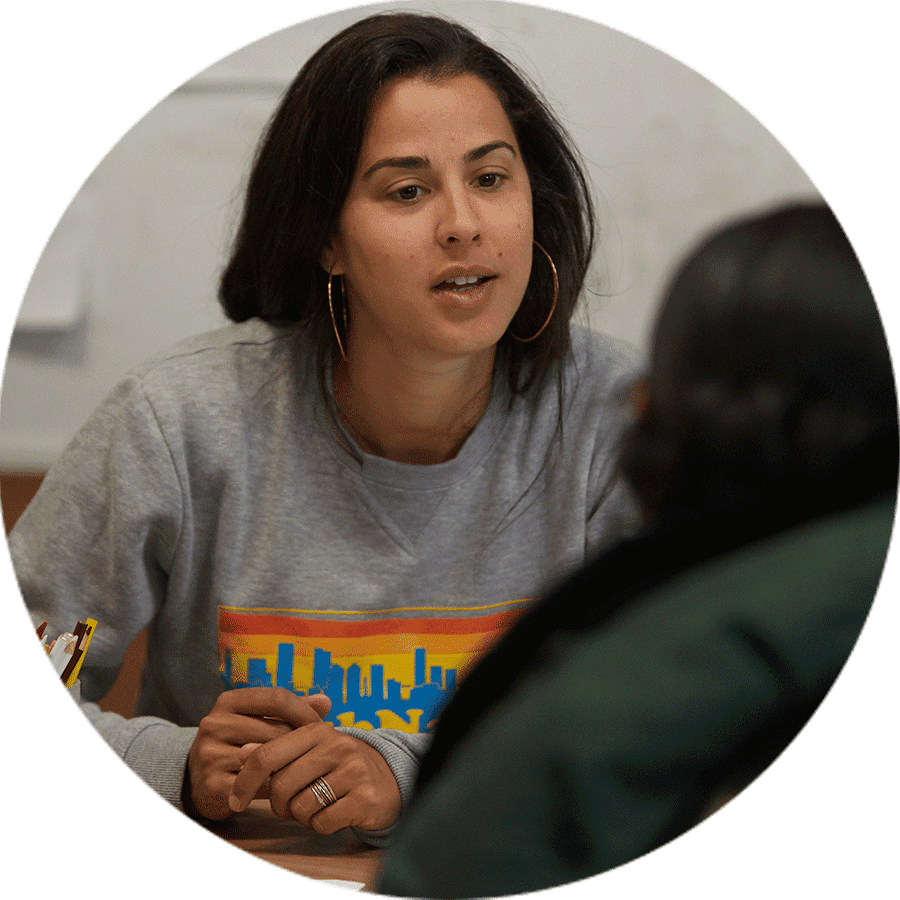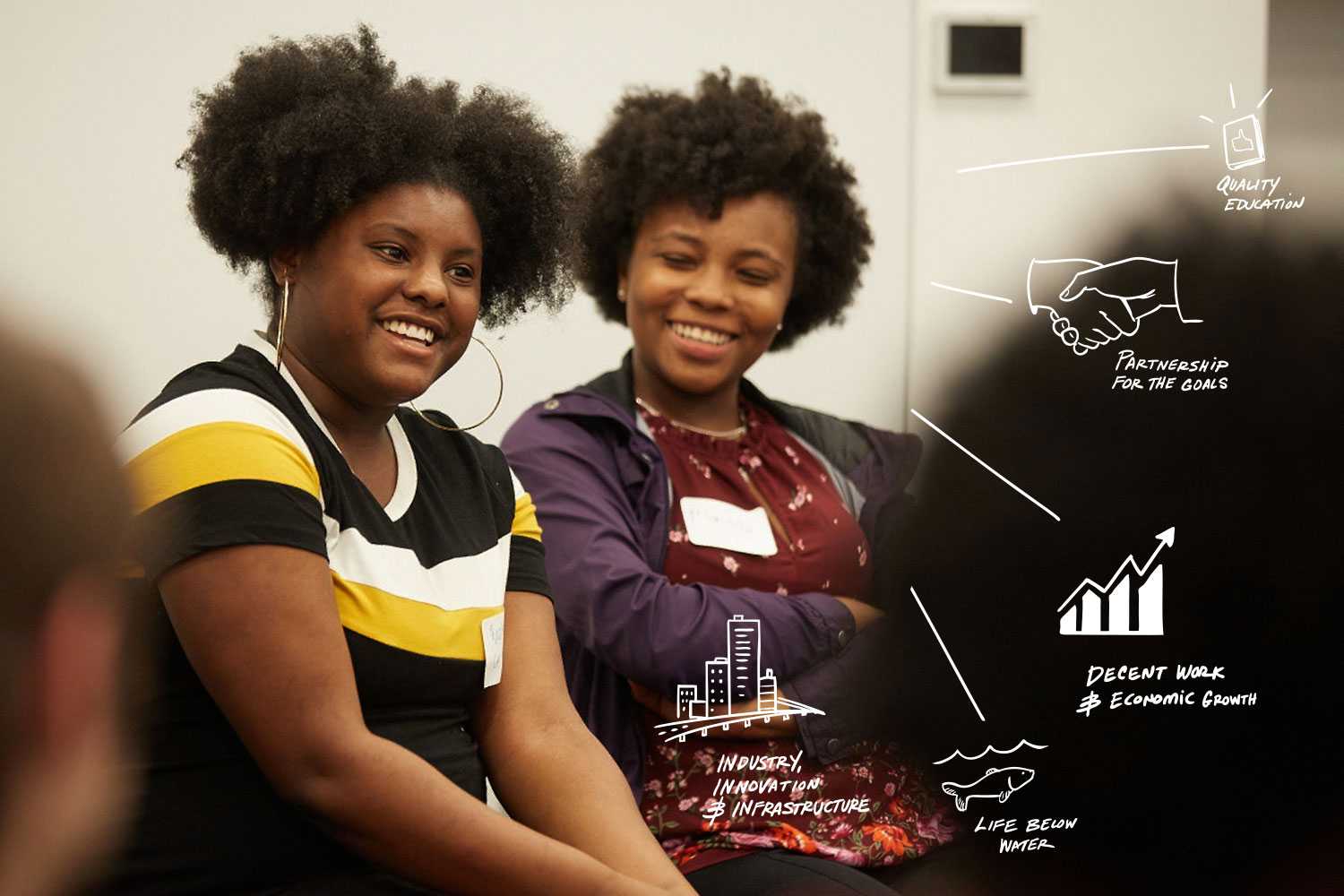1. Deeper learning means putting content in context.
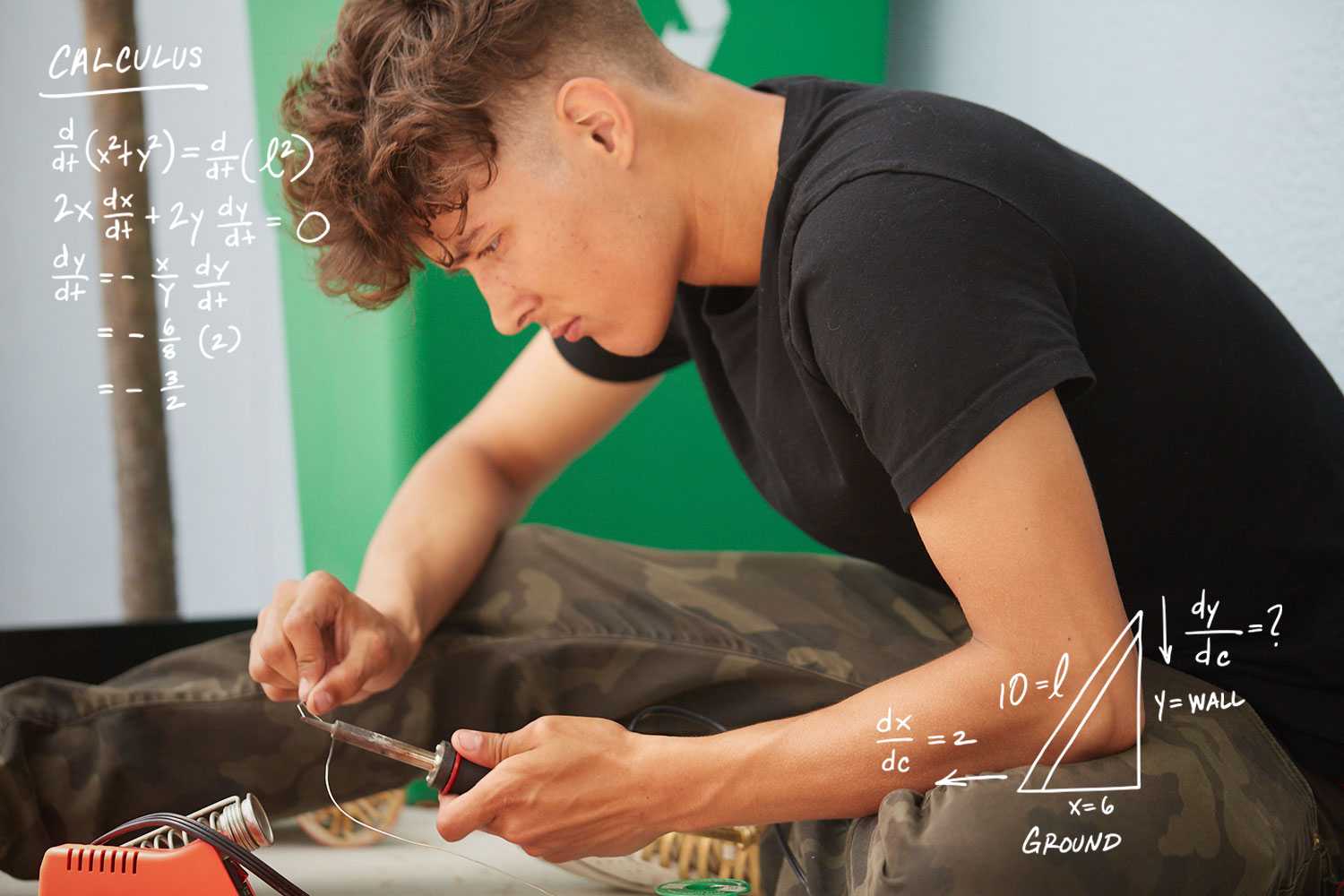
Students need opportunities to use their knowledge, and thereby deepen what they know.
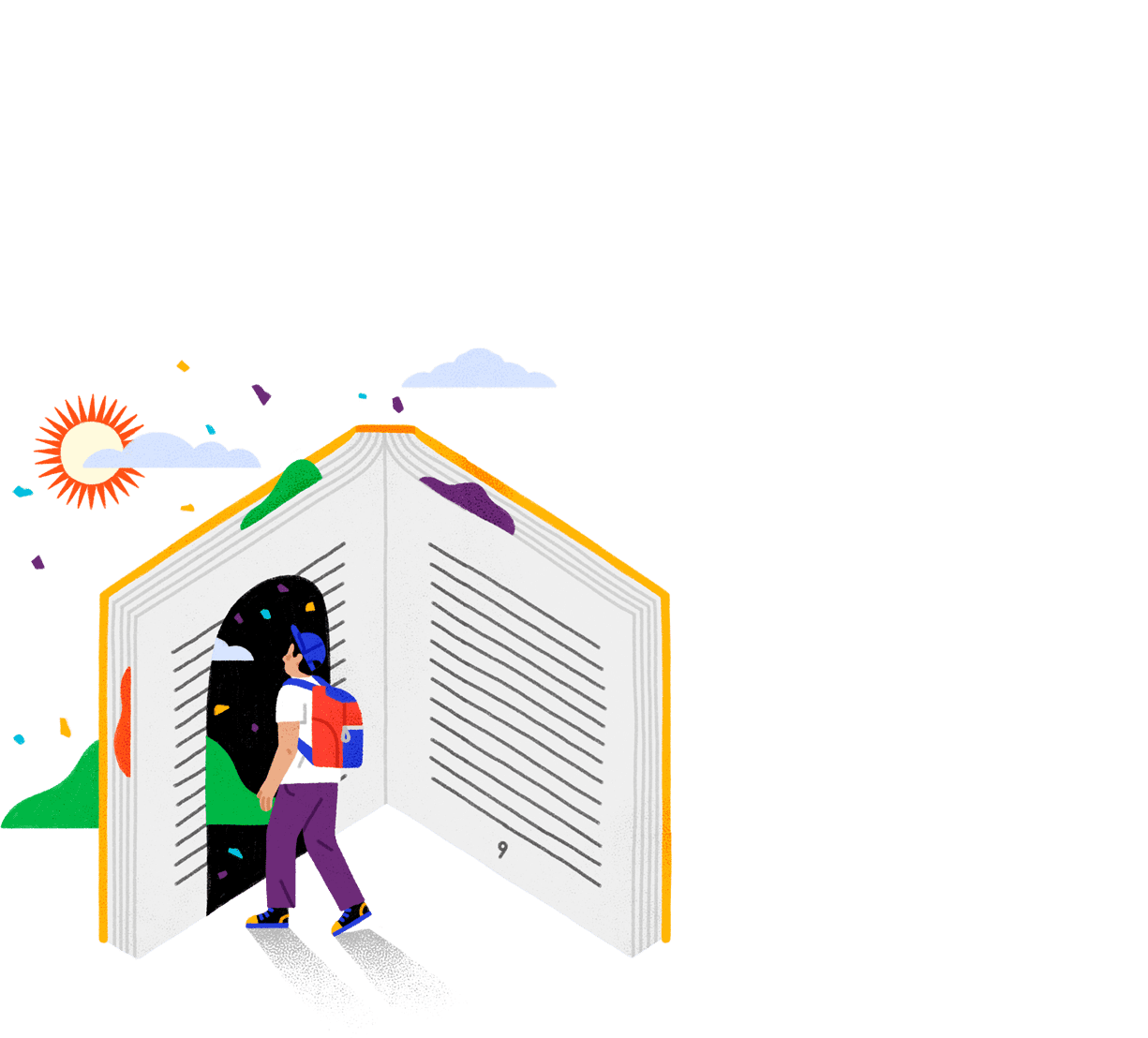
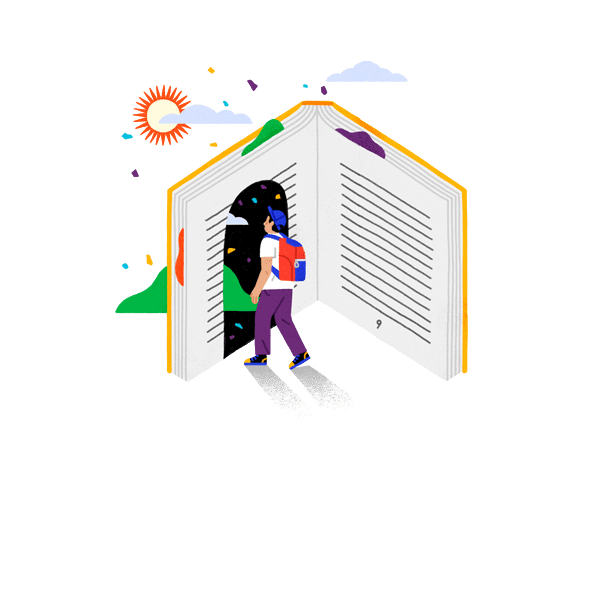
Fact:
Experts agree that education should aim for deeper understanding, not just memorization, so students can apply their learning in life beyond school.
Source: The National Academy of Sciences
Young people today need to learn demanding content in the core academic disciplines. Equally important, they must learn to use that content in class to discover its deeper meaning and its application in their daily lives. Deeper learning is different from conventional learning. The core distinction lies in the difference between knowing (i.e., acquiring facts and mastering subject matter) and understanding (i.e., internalizing knowledge so it can be applied in new and unexpected situations).
A student may be able to figure out the answer to a math problem. But does he or she understand the logic behind the process of solving it—and how those concepts and principles can be applied to dozens of other problems, connect to other disciplines, and inform that student’s understanding of the world and curiosity about how it works?
Rigor and depth of learning are achieved when teachers integrate new learning methods and tools into their curriculum thoughtfully and mindfully, to meet students’ needs and interests. Even students who struggle with grade-level material need to experience challenging, relevant, age-appropriate content that expands their horizons and opens new perspectives on their history and culture.
The ability to transfer knowledge to the real world is vitally important today. As Grant Wiggins and Jay McTighe say in “Understanding by Design,” transferring knowledge effectively involves “the capacity to take what we know and use it creatively, flexibly, fluently, in different settings or problems, on our own.” Schools need to provide experiences that develop the practice of reflexively and independently transferring knowledge to real-world contexts, in ways that are relevant to students’ own experiences, cultures, and communities.
Dive Deep
![two students preparing a model rocket]() Understanding by Design
Understanding by DesignHow do educators plan so students are more likely to deeply understand what they’re asked to learn? This question is at the heart of the book "Understanding by Design." Read an excerpt from the book here.
Read![a student listening]() Learning Acceleration Guide
Learning Acceleration GuideThis TNTP resource offers sound advice for minimizing school closure-related learning loss and getting students back on grade level.
Read![a student completing a floor plan on a computer.]() Next Generation Science Standards
Next Generation Science StandardsNew standards, developed cooperatively by scientists and teams of science teachers, take science learning in a dynamic new direction. The National Science Teachers Association describes how the standards are organized.
Read![a student completing a test]() Deeper Learning in Four Schools
Deeper Learning in Four SchoolsThis playlist of videos from four innovative schools shows how deeper learning connects with Common Core standards.
Watch![student speaking]() Designing for Equity
Designing for EquityAurora Institute (formerly iNACOL) offers a framework for designing student-centered learning to ensure all students succeed.
Read More
Analyze
High-performing schools create learning experiences that build the full array of student knowledge, skills, and understanding.
Step 1 – Research
What learning experiences will you create to ensure that all students have ample opportunities to develop deep knowledge across the core disciplines, build complex skills, and put their growing knowledge into context? Go back to the XQ Learner Goals for inspiration!
Step 2 – Reflect
Share findings with your team, then work together to sketch out three learning experiences that illustrate your vision:
- For each sample learning experience, what specific activities will students engage in, what knowledge and skills will they develop, and how will their learning be assessed?
- What roles will teachers and other adults play?
- When and where will learning take place? What additional facilities, technology, or other resources will be needed?
